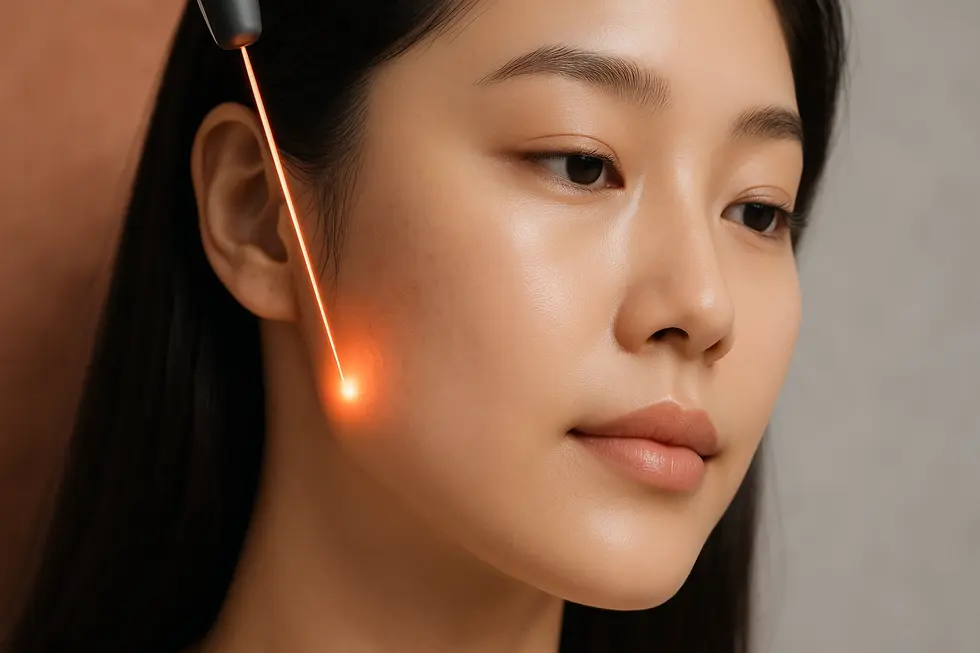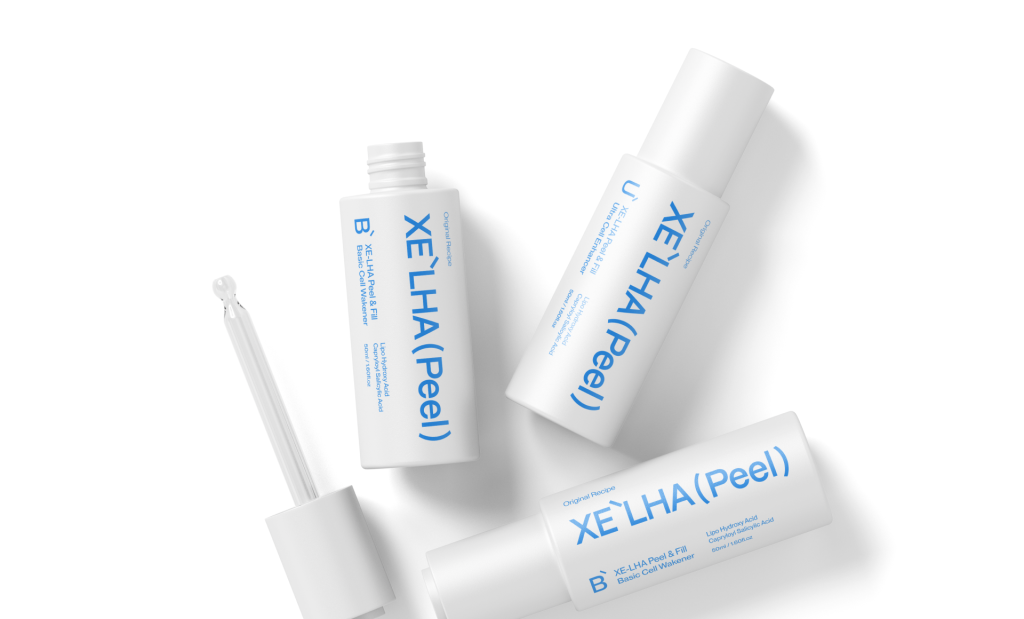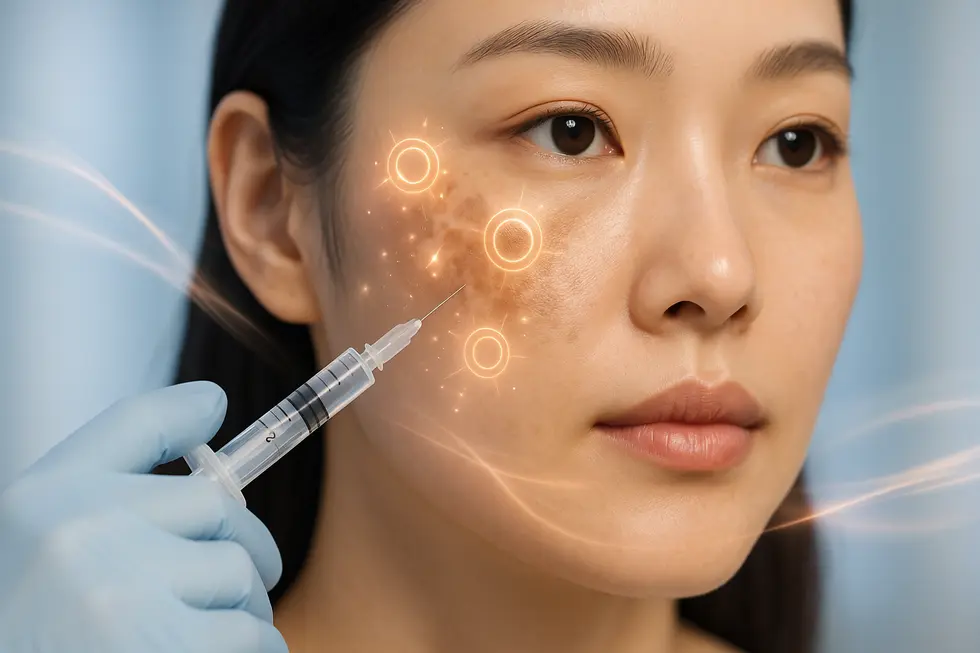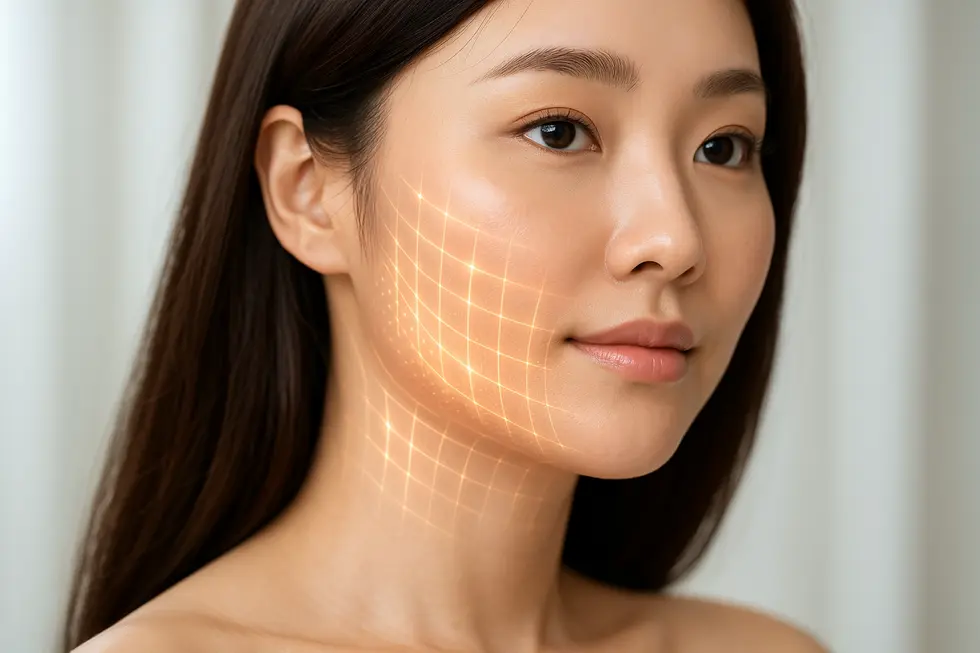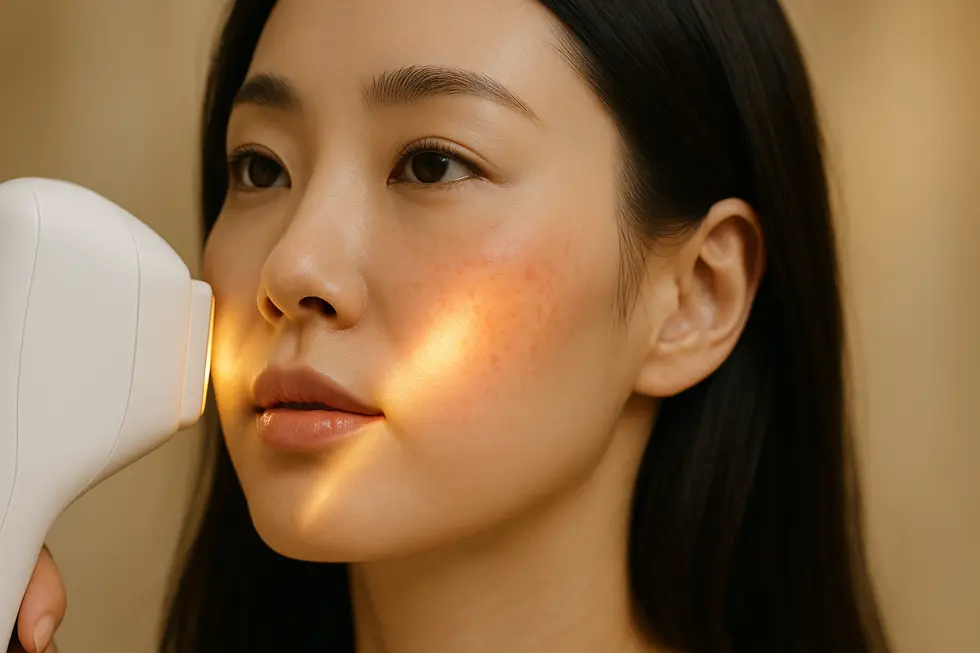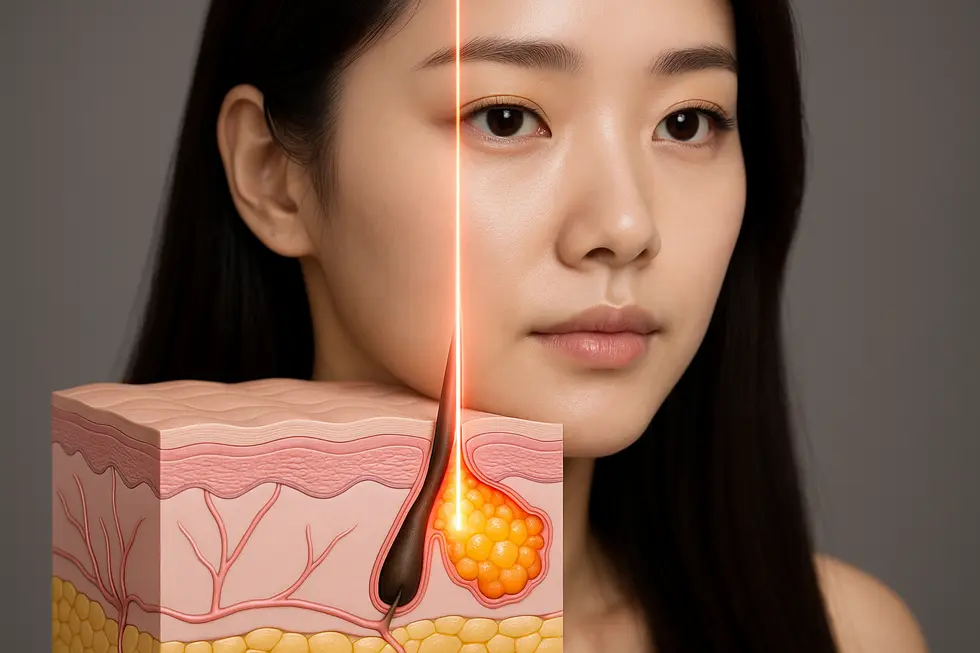
Dealing with acne can be incredibly frustrating, right? 🤔 It feels like you’ve tried everything – creams, washes, maybe even pills – but those stubborn breakouts just keep coming back. It truly impacts your confidence and how you feel every day. What if there was a treatment that didn’t just treat the surface symptoms but actually went after the cause? That’s where the Acure Laser comes in, and I’m excited to share what I’ve learned about it! 😊
Contents
- How the Acure Laser Works: The Science Behind Clearer Skin ✨
- Expected Outcomes and Results 📈
- Who is the Acure Laser For? Finding Your Fit 👩🔬
- What About the Price? Understanding the Cost 💸
- Possible Side Effects and Important Precautions 🩹
- Essential Post-Procedure Care 🧼☀️
- 📝 Summary
- Frequently Asked Questions ❓
How the Acure Laser Works: The Science Behind Clearer Skin ✨
Let’s get a little bit technical, but I’ll keep it super simple! The Acure Laser is pretty special because it uses a unique wavelength of light: 1726 nm. Now, why is that number important? Because this specific wavelength is absorbed really well by lipids, which are basically fats. And where do we have lots of lipids in our skin, especially if we’re dealing with acne? In our sebaceous glands – the tiny glands that produce oil (sebum)!
So, the laser light goes through the skin, and when it hits those oily sebaceous glands, the energy is absorbed, heating them up. This process, called selective photothermolysis, aims to damage or shrink the glands. Think of it like giving the overactive oil factories in your skin a little ‘reset’. By targeting these glands directly, the goal is to reduce how much oil they produce. Less oil means less food for acne-causing bacteria and fewer clogged pores, which are major players in breakouts.
Unlike some other lasers that might target water or pigment, the 1726 nm wavelength’s preference for lipids means it’s more focused on the oil glands with less impact on the surrounding skin tissues like water or melanin. This selectivity is key to hopefully getting results with potentially fewer side effects compared to less targeted treatments. Some systems even have cooling built-in to protect the very top layer of your skin during the process.
The 1726 nm wavelength is unique because it’s highly absorbed by the lipids in your oil glands, making it a targeted treatment for the source of acne.

Expected Outcomes and Results 📈
So, after understanding how it works, the big question is: does it actually *work*? Clinical experience suggests that a series of treatments (often 3-4 sessions spaced a few weeks apart) can lead to a significant reduction in acne lesions. We’re talking about both the red, inflamed bumps (papules, pustules, nodules) and the non-inflammatory ones like blackheads and whiteheads (comedones).
Many people also notice a definite decrease in how oily their skin feels. This makes total sense, right? If the oil glands are less active, your skin will produce less oil. The best part? The effects can be quite lasting. Some individuals report long periods of remission from acne after completing their treatment course.
Beyond just clearing up breakouts, you might also see improvements in skin texture and a reduction in that persistent redness that often lingers after acne clears. It’s not a magic bullet, and results do vary based on things like how severe your acne is to begin with, your specific skin type, and how well you follow the post-treatment care instructions from your provider.
Who is the Acure Laser For? Finding Your Fit 👩🔬
Is this treatment right for everyone with acne? Not necessarily, but it’s a great option for specific individuals. The Acure Laser is typically recommended for people who have:
- Moderate to severe, persistent acne that just won’t go away.
- Skin that tends to be oily with overactive sebaceous glands.
- Tried conventional treatments like topical creams or oral medications but haven’t seen enough improvement.
- Are looking for an alternative to systemic medications like isotretinoin or long-term antibiotics.
One of the cool things about the Acure Laser is that it can generally be used on various skin types. However, and this is important, if you have darker skin tones (Fitzpatrick types IV-VI), it’s crucial to find a practitioner with experience using this laser on darker skin. While the laser primarily targets oil, there’s still some interaction with melanin (the pigment in your skin), so careful parameter settings are needed to minimize any risk of temporary pigment changes.
If conventional acne treatments haven’t worked for you, or you want to avoid long-term medications, the Acure Laser could be a promising alternative.
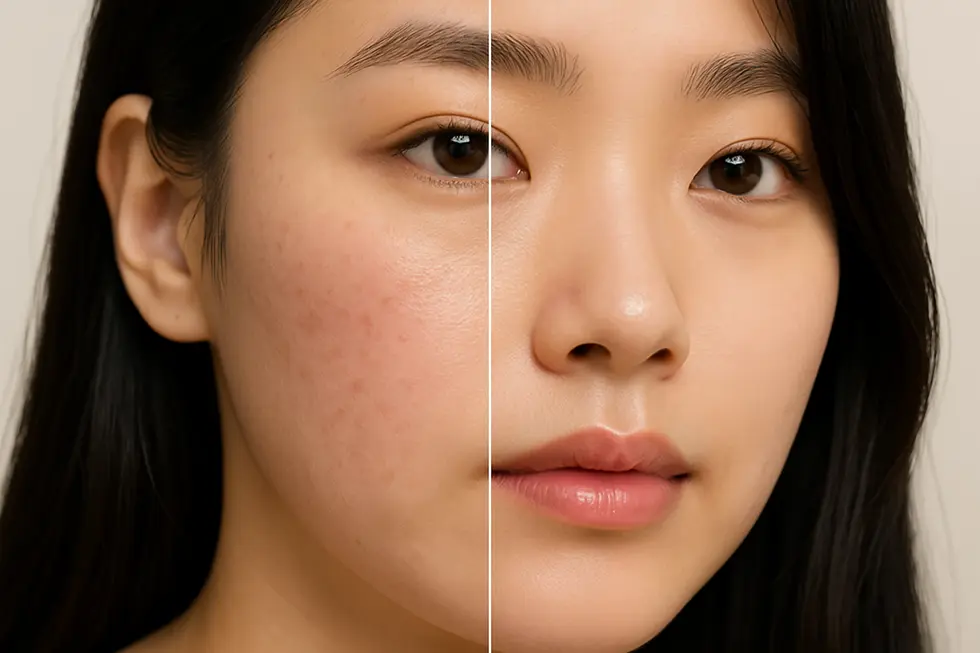
What About the Price? Understanding the Cost 💸
Okay, let’s talk about the cost. This is often a big question for anyone considering a treatment like this. To be honest, the price of Acure Laser treatment can vary quite a bit. I can’t give you exact figures because it really depends on several factors. These include:
- Where the clinic is located (prices vary by region).
- The experience and reputation of the dermatologist or clinic.
- How many sessions you’ll need (most require a series, not just one).
- The size of the area being treated (just the face, or back/chest too?).
- Whether you’re getting a package deal or combining it with other treatments.
The best way to get a precise cost estimate is always to consult directly with clinics offering the Acure Laser. They can assess your specific needs and give you a personalized quote.
Possible Side Effects and Important Precautions 🩹
Is the Acure Laser safe? Generally, yes, especially when performed by a qualified and experienced professional. Like any procedure, there can be side effects, but they are usually mild and temporary.
Common side effects you might experience right after the treatment include:
- Redness (erythema) and mild swelling in the treated area. This typically settles down within a few hours to a couple of days.
- A feeling of warmth or slight discomfort during the procedure itself.
- Temporary dryness or flakiness as your skin adjusts to reduced oil production.
Less common, but possible, side effects could include blistering, crusting, or temporary changes in skin color (darker or lighter patches). These are more likely if the treatment settings aren’t right for your skin type or if you don’t follow the pre- and post-care instructions carefully. The risk of scarring is rare.
Always tell your provider about your medical history (like cold sores or keloids) and any medications you’re taking, especially those that make you sensitive to light. Strict sun protection before and after treatment is also crucial!
Precautions you should take include avoiding heavy sun exposure and tanning beds before and after your sessions. Also, you might need to stop using certain strong skincare products like topical retinoids or harsh exfoliants for a specific period before your appointment. It’s also generally not recommended if you are pregnant.
Essential Post-Procedure Care 🧼☀️
Taking good care of your skin after your Acure Laser treatment is just as important as the treatment itself! This helps ensure the best results and minimizes side effects. Here’s what your provider will likely recommend:
- Keep your skin moisturized with a gentle, non-greasy (non-comedogenic) product to combat any dryness.
- Be religious about sun protection! Use a broad-spectrum sunscreen with SPF 30 or higher daily, and try to avoid direct sun exposure, especially during peak hours.
- Avoid harsh skincare products, scrubs, or anything that could irritate your skin for the time frame your provider suggests.
- Cleanse your face with a mild, gentle cleanser.
- Follow any specific instructions or prescriptions given by your dermatologist.
Some individuals might benefit from occasional maintenance treatments down the road to keep the results going, but many experience significant and lasting improvement from the initial series.
📝 Summary
To wrap things up, the Acure Laser offers a promising, targeted approach for those struggling with persistent acne, particularly oily skin and breakouts that haven’t responded to traditional methods. Its unique wavelength focuses on reducing oil production at the source.
- Targeted Action: Uses a 1726 nm wavelength to specifically heat and modulate oil-producing sebaceous glands.
- Effective Results: Can significantly reduce inflammatory and non-inflammatory acne lesions and decrease oiliness after a series of treatments.
- Candidate Profile: Ideal for those with moderate to severe or stubborn acne, oily skin, or seeking an alternative to oral medications.
- Safety & Care: Generally safe with temporary side effects like redness; requires sun protection and gentle skincare post-treatment.
If you’re tired of the acne cycle and looking for a different strategy, the Acure Laser might be worth discussing with a dermatologist. Every person’s skin is unique, so a consultation is the best way to figure out if it’s the right path for you. Feel free to ask any questions in the comments below! 😊
Acure Laser: Quick Facts
Often provides long-lasting results.
Frequently Asked Questions ❓
I hope this deep dive into the Acure Laser has been helpful! It’s fascinating how targeted technology can make such a difference. If you’re curious if it could be a good fit for your skin, chatting with a qualified dermatologist is always the best next step. Don’t hesitate to leave any questions in the comments below – I’d love to hear your thoughts! 😊

